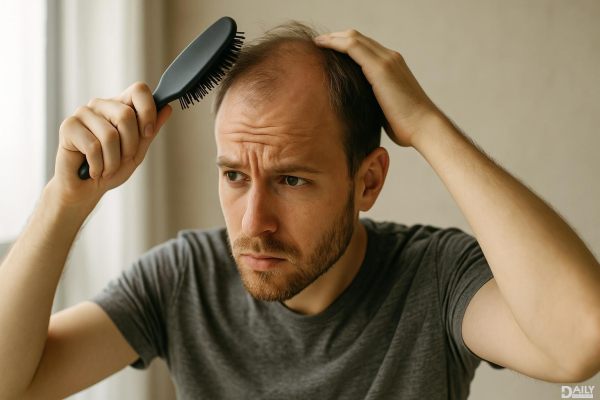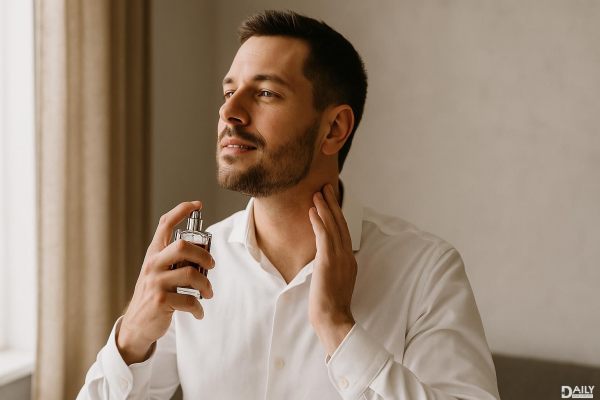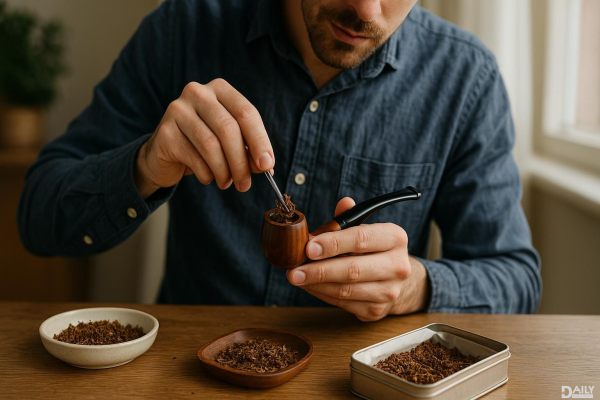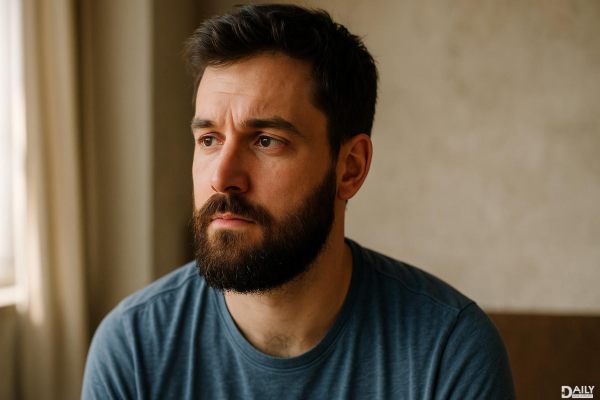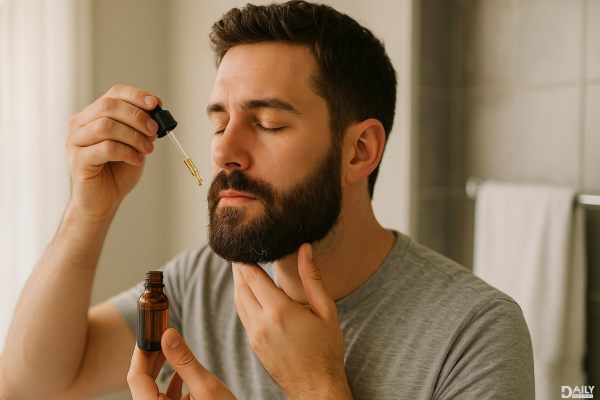If you've stumbled upon the term "beard gay" in Urban Dictionary or heard it tossed around in conversation, you might be scratching your head wondering what it actually means. In today's slang, a "beard" refers to someone—often a woman—who acts as a romantic decoy for a person (usually a closeted gay man) to help them appear straight in public. Think of it as a social smoke screen, a way to navigate societal expectations without outing oneself before they're ready. But like all slang, the term has evolved, and its usage isn't always so cut-and-dried.
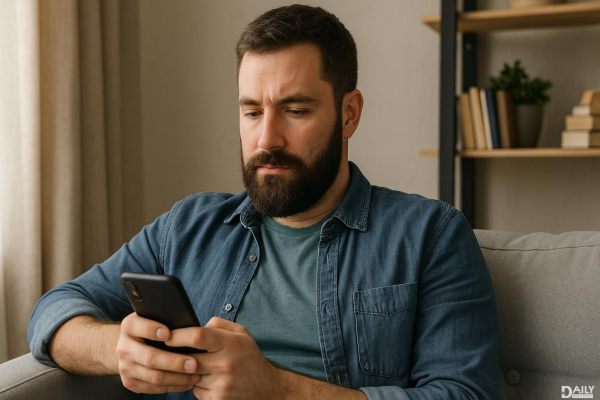
The concept of a "beard" isn't new—it’s been part of queer vernacular for decades, especially in Hollywood and high-society circles where public image was everything. Back in the day, closeted actors, musicians, and even politicians would enter into sham relationships or marriages to maintain a heteronormative facade. The term itself likely comes from the idea of a beard disguising one's true face—literally covering up what’s underneath. Over time, "beard" became shorthand for any person used as cover, whether they were in on the secret or not.
These days, the dynamics of a "beard" relationship can vary. Sometimes, the "beard" is fully aware of the arrangement—maybe they're a close friend helping out, or even another queer person returning the favor. Other times, they might be unknowingly propping up someone else’s double life, which can get messy fast. With more openness around LGBTQ+ identities, the need for beards has decreased, but they still exist in conservative environments, industries with rigid expectations, or families where coming out isn’t safe.
Here’s where things get tricky. If both parties consent to the arrangement, it can be a harmless—even mutually beneficial—way to navigate societal pressures. But if the "beard" is being misled, it raises serious questions about honesty and emotional manipulation. Some argue that using someone as a beard without their knowledge is unfair, while others see it as a survival tactic in a world that hasn’t fully accepted queer identities. The key? Transparency whenever possible, though that’s not always an option.
It’s easy to confuse a beard with a queer platonic partnership (QPP), where two people share a deep, non-romantic bond that might include cohabitation or even raising kids together. The difference? A QPP is built on mutual emotional support, while a beard relationship is primarily about maintaining appearances. That said, some beards evolve into genuine friendships or unconventional family structures over time.
From Rock Hudson’s studio-arranged marriage to modern TV shows like "Grace and Frankie," where a character’s wife discovers he’s gay after decades of marriage, the beard narrative has been a Hollywood staple. These stories often highlight the pain of living a double life, but they’ve also sparked conversations about authenticity and the cost of conformity. Reality TV hasn’t shied away either—shows like "Dating in the Dark" have featured gay contestants using beards to avoid stigma in their communities.
With growing LGBTQ+ visibility, some argue that beards are a relic of a less accepting time. Yet in many parts of the world—and even in certain U.S. subcultures—the pressure to conform remains strong. For some, a beard is still a temporary safety measure; for others, it’s a way to avoid professional backlash. Until societal acceptance is universal, the beard will likely stick around in some form, even if it’s less common than it once was.
So, what does "beard gay" really mean today? It’s a term rooted in secrecy but shaped by changing attitudes. Whether it’s a necessary disguise or an outdated practice depends on who you ask—and where they’re standing. One thing’s for sure: as long as coming out carries risks for some, the beard will remain part of the queer lexicon, even if its role keeps evolving.
